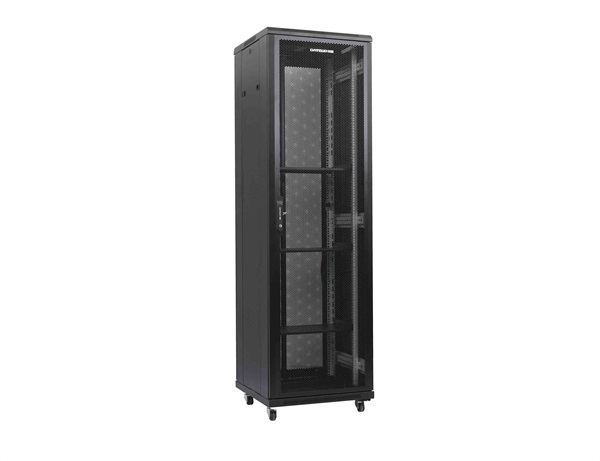News
Site Editor
 Site
https://leonetworkgroup.usa18.wondercdn.com/uploads/image/5fe152faa587d.png
Battery cables play an essential role in transmitting electrical power from the battery to the rest of the vehicle's electrical system. Over time, battery cables can become corroded, worn out, or damaged, which can lead to poor performance, causing a host of electrical problems in your vehicle. If your vehicle is experiencing issues with its electrical system, it may be necessary to test the batte
Site
https://leonetworkgroup.usa18.wondercdn.com/uploads/image/5fe152faa587d.png
Battery cables play an essential role in transmitting electrical power from the battery to the rest of the vehicle's electrical system. Over time, battery cables can become corroded, worn out, or damaged, which can lead to poor performance, causing a host of electrical problems in your vehicle. If your vehicle is experiencing issues with its electrical system, it may be necessary to test the batte
How To Test If Battery Cables Are Bad
Views: 2638
Author: Site Editor
Publish Time: 2023-07-18
Origin: Site
Battery cables play an essential role in transmitting electrical power from the battery to the rest of the vehicle's electrical system. Over time, battery cables can become corroded, worn out, or damaged, which can lead to poor performance, causing a host of electrical problems in your vehicle. If your vehicle is experiencing issues with its electrical system, it may be necessary to test the battery cables to determine whether they are bad. Here are some steps to help test if your battery cables are bad.
1. Visually inspect the cables
The first step in testing your battery cables is to conduct a visual inspection. Check the cables for any signs of physical damage, including cracks, corrosion, or frayed wires. Corrosion is easy to spot, as it often appears as a white or green residue on the cable terminals and connectors. Any visible signs of damage may indicate that the battery cable needs to be replaced.
2. Check voltage drop
One of the best ways to test if your battery cables are bad is to check their voltage drop. A voltage drop test can help determine whether the cables are carrying the appropriate amount of voltage from the battery to the rest of the electrical system. You will need a multimeter to perform this test.
First, switch off the engine and all electrical accessories. Then, connect one end of the multimeter to the negative battery terminal and the other end to the starter motor's negative terminal. Measure the voltage drop. A normal voltage drop should be less than 0.2 volts. If it's higher than that, it may indicate a fault in the battery cables.
3. Check continuity
Another way to test the battery cables is to check its continuity. Continuity testing helps determine whether there is a complete electrical connection between the cables' terminals and the battery. To perform this test, set your multimeter to the continuity mode. Connect one end of the multimeter to the positive battery terminal and the other end to the positive battery cable. Ensure that the multimeter beeps to indicate that there is continuity. Repeat the process for the negative cable and terminal.
4. Check for loose connections
Finally, test your battery cables by checking for loose connections. Loose connections can cause poor performance in your vehicle's electrical system. Start by checking the battery terminals to ensure that they are not loose. If the terminals are loose, tighten them with a wrench. Also, ensure that the cables are securely attached to the starter motor and alternator.
In conclusion, battery cables are essential for a vehicle's proper functioning. Regularly inspecting and testing your battery cables can help you identify any signs of damage or poor performance. If you conduct these tests and find an issue with the cables, replace them promptly to avoid further electrical problems in your vehicle.
If you want to know more about industrial network cabinet,china fiber optic splice closure,china fiber optic distribution box,please consult the fiber optic splice closure factory









